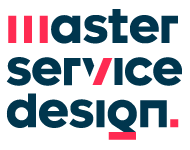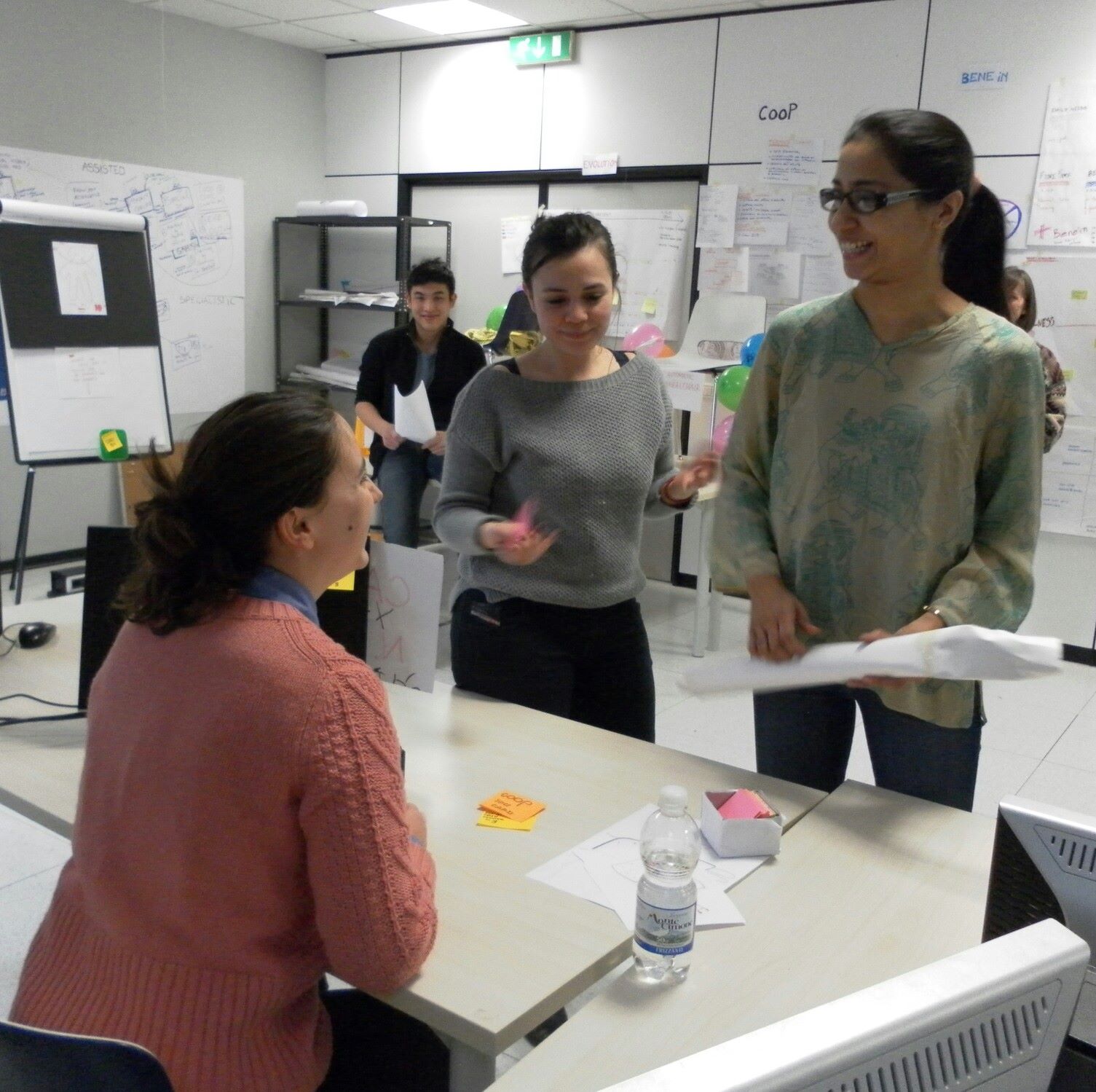If a picture is worth a thousand words, how much is a prototype worth?
Dunring the past weeks, my colleagues and I had the opportunity to challange ourselves with a new interesting project: redesigning the experience inside the COOP ipermarket of Grandemilia, in Modena.
With the help and support of Liat Rogel, we went across different phases for approaching the brief and coming up with a powerful and innovative concept. One of these phases has been the “Prototyping Phase”: we tried to to “perform the service” as we were real clients, to interact with the personell and all the technical devices, to understand our wayfinding inside the supermarket and so on.
Personally, I had previous experiences in prototyping, but mostrly during “ideation phases”: use your hands to materialized your ideas, to make them concrete (because at this stage, they are noramlly only in your head or maximum in your mouth). That is an extremely useful tecnique to clear your mind and understand exactly what you want to reach, especially if you are working inside a team.
This time, instead, since the project was also strictly related with the space, we decided to spend time to modifing the space too. We moved tables, shelves, we stuck posters on the walls, we created fake-cash registers and othopedic products, even an interactive totem with different interfaces.The show has then started: some of us were acting out as clients, some as shop attendants, some were just outside the picture looking at the scene as external observers.
In the end I can say that \1what I understood from this interesting and inspiring session is:
- Prototypes are about show and tell. We splited in 3 groups and each group knew what the others were working on, but nothing like this prototype. has made us perfectly understand what the project was about. Of course they are a visual way of communicating the design of a system. That’s kind of ground zero.
- Prototypes facilitate interaction and feedback, even within the team. It has been much easier to confront and discuss among eachother having in our minds clear and precise scenes/interaction/steps of the story. In this way it has been also clearer how to proceed and to correct eventual mistakes or improvements to make. The reactions we get to from our prototypes from our colleagues was far beyond anything we were ever able to achieve with wireframes and static Photoshop visual comps.
- Prototypes help eliminate ambiguity and misinterpretation. When you need to make your project idea concrete, you and your colleagues are kind of forced to be clear, to understand yourselves first what it’s important and what has to be shown to the others.
- You don’t need to be an actor to take part to a prototyping session: on the contrary, the more natural you are, the best results you can get. For example, I had the role of a pharmacist and, since I’m clearly not an expert in the field, I thought I had to act, pretend to be someone I was not. But as soon as I jumped into the scene (that has to be well planned and organized to reach this kind of result), I felt absolutely myself and the doubts or observation I brought into the pictures were my personal ones; and that hasn’t meant they were less valuable or meaningful.
- Prototyping has not given us the ability to test out our designs EARLY and OFTEN, quickly uncovering issues with the designs. It’s not until you start experiencing and playing with the design,seeing how it works, experiencing it, that you know whether or not your theory will really work.
Probably the biggest insight is that making prototyping a core part of our design process has literally changed the way we had approacedh exploring, crafting, and validating our design concepts. Prototyping has given us the power to show and tell the story of our design solutions to any given problem rather than just tell the story waving our hands in the air to describe the magic. The only thing we totally missed was the step of testing with real clients or real customers: most of the time it’s a problem of time, or feasibility, or availability, or time again.
So what I learnt from these days is that I will not underestimate the power of prototyping!! I’m not implying that formal requirement specifications are no longer required as the two complement each other. I’m only suggesting to always, always include prototyping for any service, experience,web or system design that features users and customers in general.

